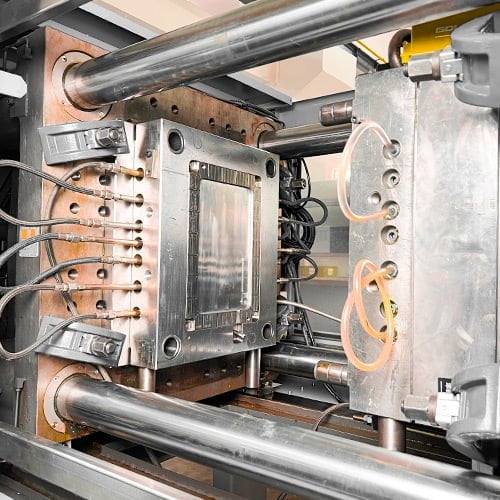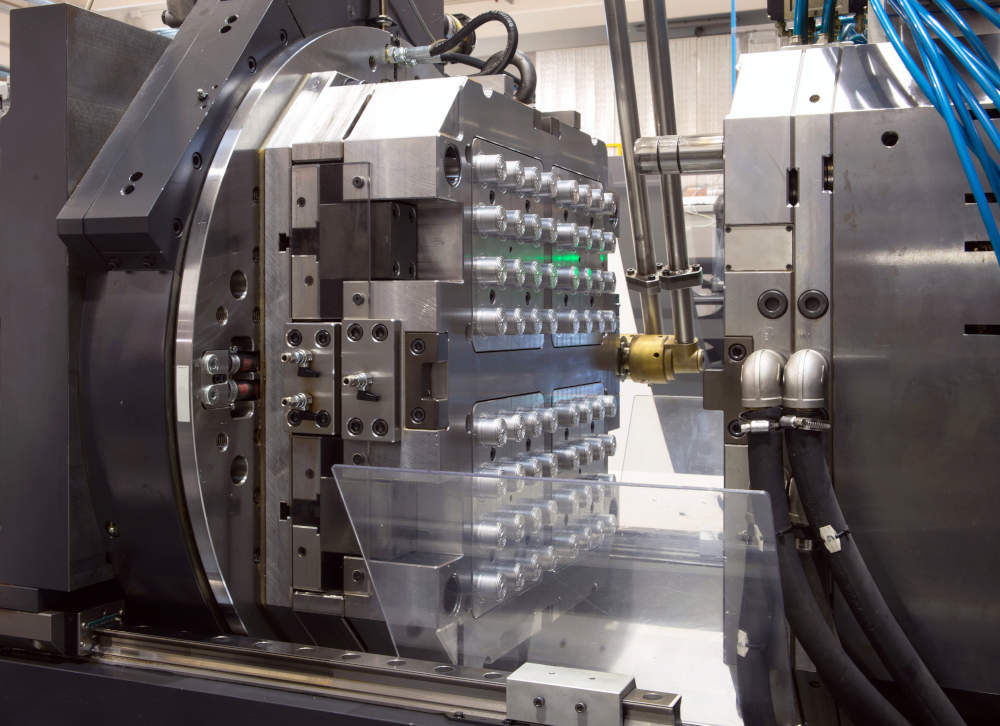Recognizing the Plastic Injection Molding Process for High-Quality Production
Wiki Article
Comprehending the Fundamentals of Plastic Injection Molding Processes
Plastic injection molding acts as a foundation of modern-day manufacturing, offering a systematic technique to generating complex elements with accuracy. This procedure not only includes the basic actions of melting and infusing products right into molds yet likewise involves a nuanced understanding of different affecting elements, such as temperature and pressure. As markets progressively demand performance and quality, the intricacies of this approach end up being a lot more important. Checking out these necessary aspects might reveal exactly how even small changes can cause significant improvements in production results, elevating questions regarding the possibility for advancement in this well established process.What Is Plastic Shot Molding?
Plastic injection molding is an extensively used manufacturing process that transforms thermoplastic and thermosetting materials into precise and intricate shapes. This strategy is favored for its capability to generate high volumes of the same components with exceptional accuracy, making it an indispensable technique in different industries, consisting of vehicle, consumer goods, and clinical gadgets.
The process entails thawing the chosen plastic material and injecting it into a mold and mildew under high stress. The mold and mildew, developed to the requirements of the preferred part, allows the molten plastic to take shape as it solidifies and cools. When the material has hardened, the mold is opened up, and the completed part is expelled.
Plastic injection molding supplies a number of advantages, consisting of lowered waste, consistency in production, and the ability to integrate complex layouts that might be challenging with other manufacturing techniques. In addition, it sustains a broad array of products, each supplying unique properties that can be customized for certain applications. As markets proceed to innovate, plastic injection molding continues to be at the leading edge, enabling the growth of advanced products that satisfy developing customer needs.
The Shot Molding Process
The injection molding process is an advanced method that involves numerous key phases to produce high-quality plastic components. Plastic pellets are fed right into a heated barrel where they are melted right into a viscous fluid. This molten plastic is then injected under high stress into a precision-engineered mold and mildew, which forms the material into the preferred kind.Once the mold and mildew is loaded, the plastic is allowed to solidify and cool, taking the shape of the mold and mildew cavity. Cooling time is important, as it impacts the cycle time and the last properties of the molded part. After sufficient air conditioning, the mold and mildew opens up, and the finished element is expelled utilizing ejector pins.

Products Used in Injection Molding
Different products can be made use of in the injection molding procedure, each offering distinct residential or commercial properties that satisfy specific applications. One of the most commonly made use of products consist of thermoplastics, thermosetting plastics, and elastomers.
Thermosetting plastics, like epoxy and phenolic resins, go through a chemical change during the curing process, causing an inflexible, inflexible framework. These materials are suitable for applications requiring high heat resistance and structural stability, often used in auto components and electrical insulators.
Elastomers, consisting of silicone and rubber-based products, give flexibility and durability. Their unique buildings make them appropriate for applications that require flexibility, such as seals and gaskets.
Additionally, specialized products like bio-based plastics and compounds are obtaining grip for their environmental benefits and boosted efficiency attributes, broadening the extent of shot molding applications in numerous sectors. Comprehending the properties of these products is essential for choosing the appropriate kind for specific jobs.
Advantages of Injection Molding
Injection molding wikipedia reference stands out as an extremely efficient manufacturing procedure that uses various benefits for producing complicated components with accuracy. One of one of the most considerable advantages is the ability to develop complex styles that would certainly be difficult or challenging to accomplish with other methods (Plastic Injection Molding). The procedure permits limited tolerances and comprehensive features, guaranteeing top notch elementsAdditionally, injection molding is recognized for its fast manufacturing abilities, making it a perfect selection for high-volume production. As soon as the mold is created, parts can be created quickly, lowering preparations and enhancing overall performance. This performance not just decreases production expenses yet additionally gives an affordable edge on the market.
The flexibility of materials utilized in shot molding additionally improves its allure. A large range of thermoplastics and thermosetting polymers can be utilized, permitting suppliers to choose materials that best fulfill their particular demands, including stamina, warm, and versatility resistance.
Moreover, the procedure lessens waste, as excess product can often be reused and recycled. This sustainability facet adds to a reduced ecological impact, making shot molding a liable manufacturing choice. In general, the benefits of shot molding make it a recommended technique for many sectors.
Factors Affecting Product Quality
While many aspects can affect product high quality in shot molding, understanding these components is vital for achieving optimal outcomes. Key elements include product selection, processing parameters, and mold style.Material selection plays an essential duty, as various polymers exhibit unique buildings that affect flowability, toughness, and thermal security. Poor product option can lead to problems such as warping or incomplete dental filling.
Processing parameters, consisting of cycle, pressure, and temperature level time, have to be diligently controlled. Variants in these settings can lead to incongruities in part measurements and surface finish. Exceedingly high temperature levels might trigger deterioration of the polymer, while insufficient stress can result in brief shots.
Mold style is similarly vital, as it identifies the flow of the molten plastic and the cooling procedure. Badly developed molds may lead to uneven air conditioning rates, causing dimensional mistakes and recurring anxieties.

Conclusion
Finally, plastic injection molding works as an essential production process that allows the efficient manufacturing this link of top quality components. Mastery of the injection molding procedure, consisting of the understanding of products and the influence of different elements on item high quality, is vital for achieving ideal outcomes. The benefits of this method, such as cost-effectiveness and layout adaptability, further highlight its significance throughout numerous sectors, strengthening its condition as a recommended choice for high-volume production.Plastic shot molding offers as a keystone of contemporary production, providing a systematic method to producing intricate elements with accuracy.Plastic shot molding supplies several benefits, consisting of decreased waste, consistency in production, and the capacity to integrate elaborate styles that may be testing with other producing methods (Plastic Injection Molding). As industries continue to innovate, plastic shot molding remains at the leading edge, allowing the development of sophisticated products that fulfill evolving consumer demands
The shot molding process is an advanced method that includes numerous vital phases to generate top quality plastic components.In final thought, plastic injection molding offers as a crucial production procedure that allows this post the reliable manufacturing of high-quality elements.
Report this wiki page